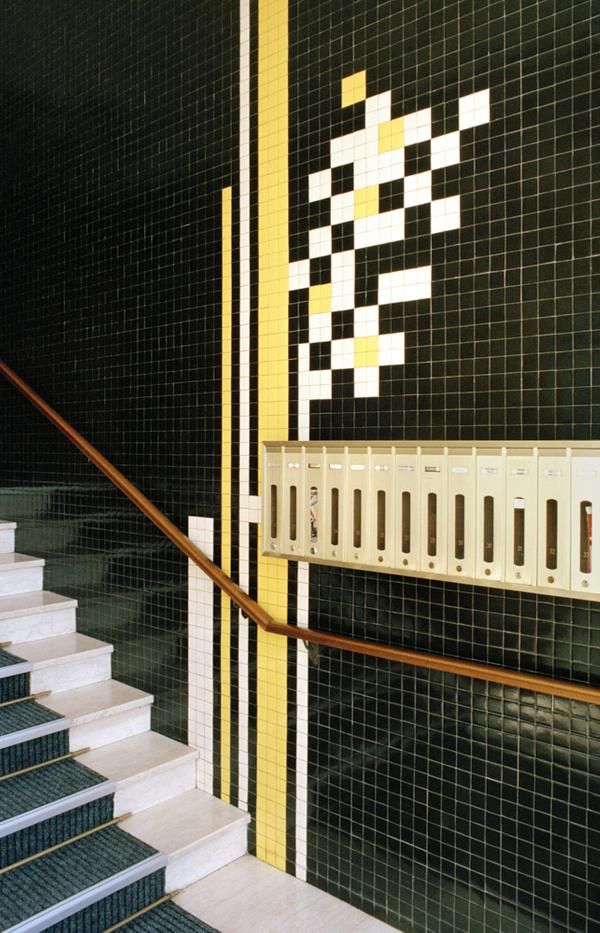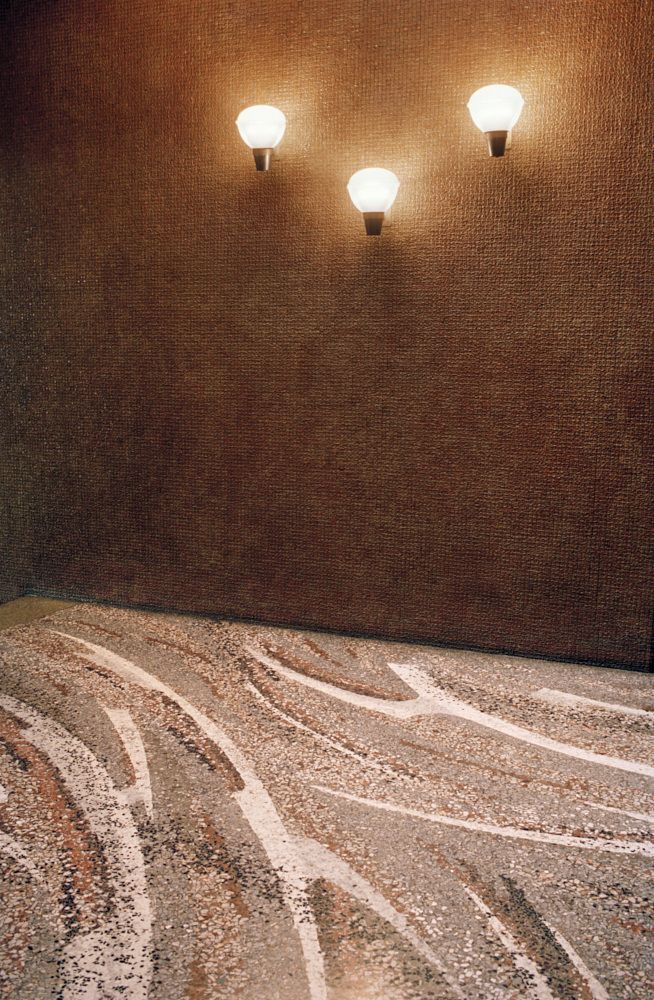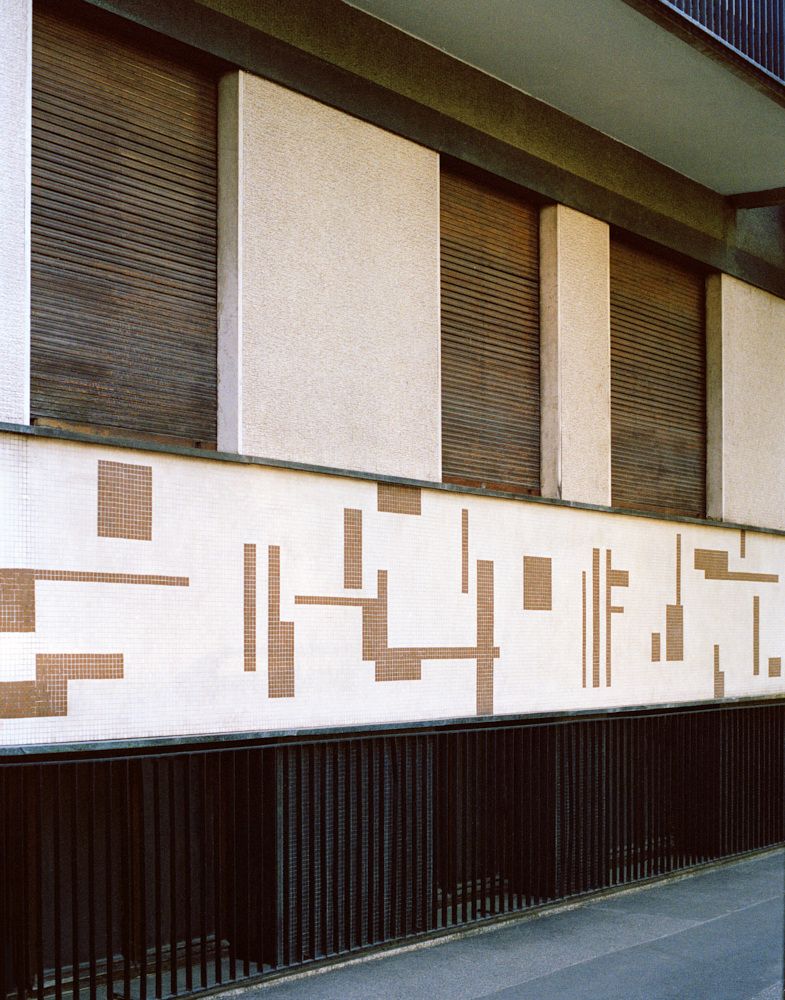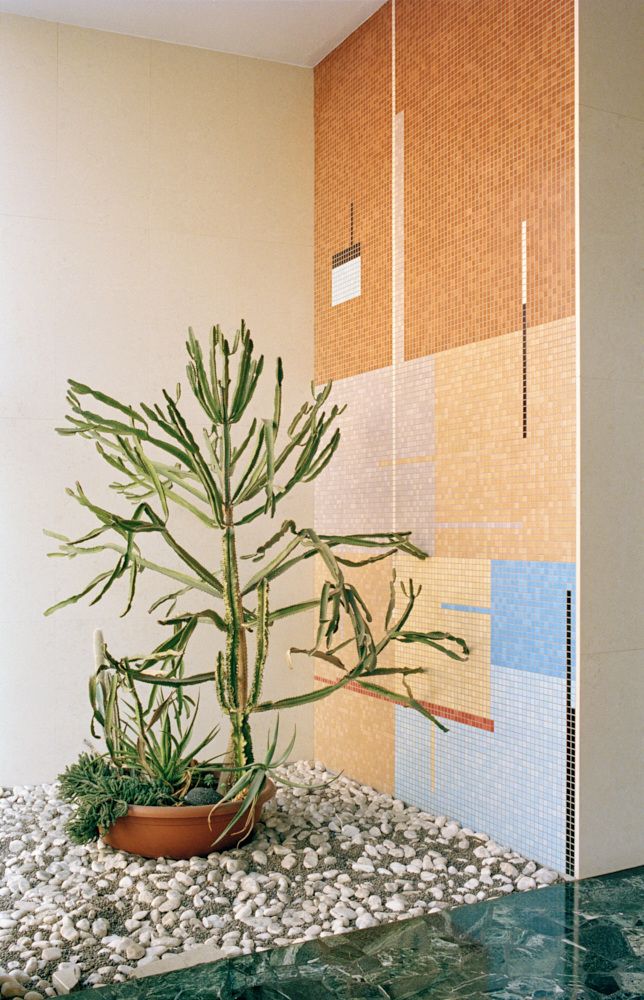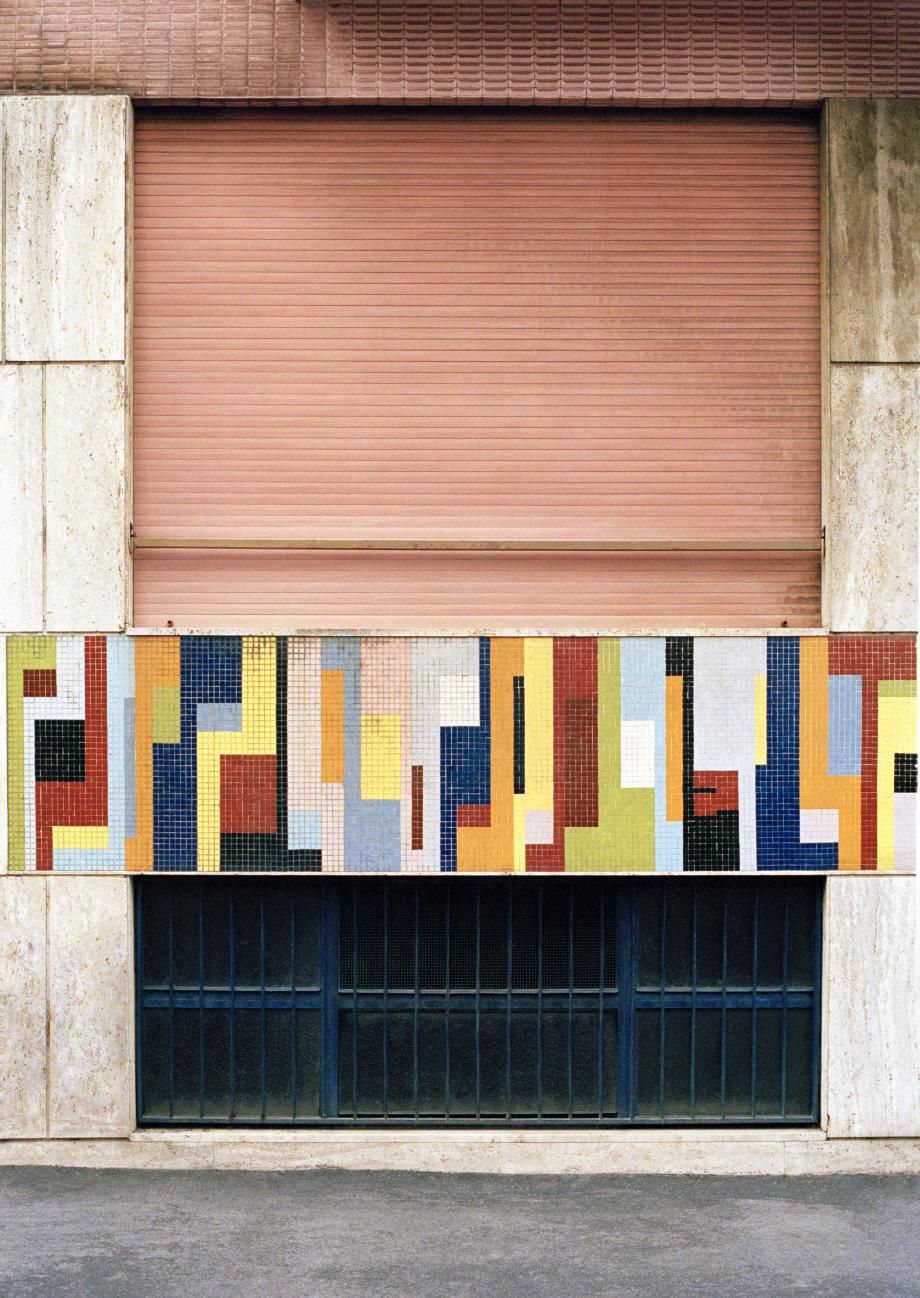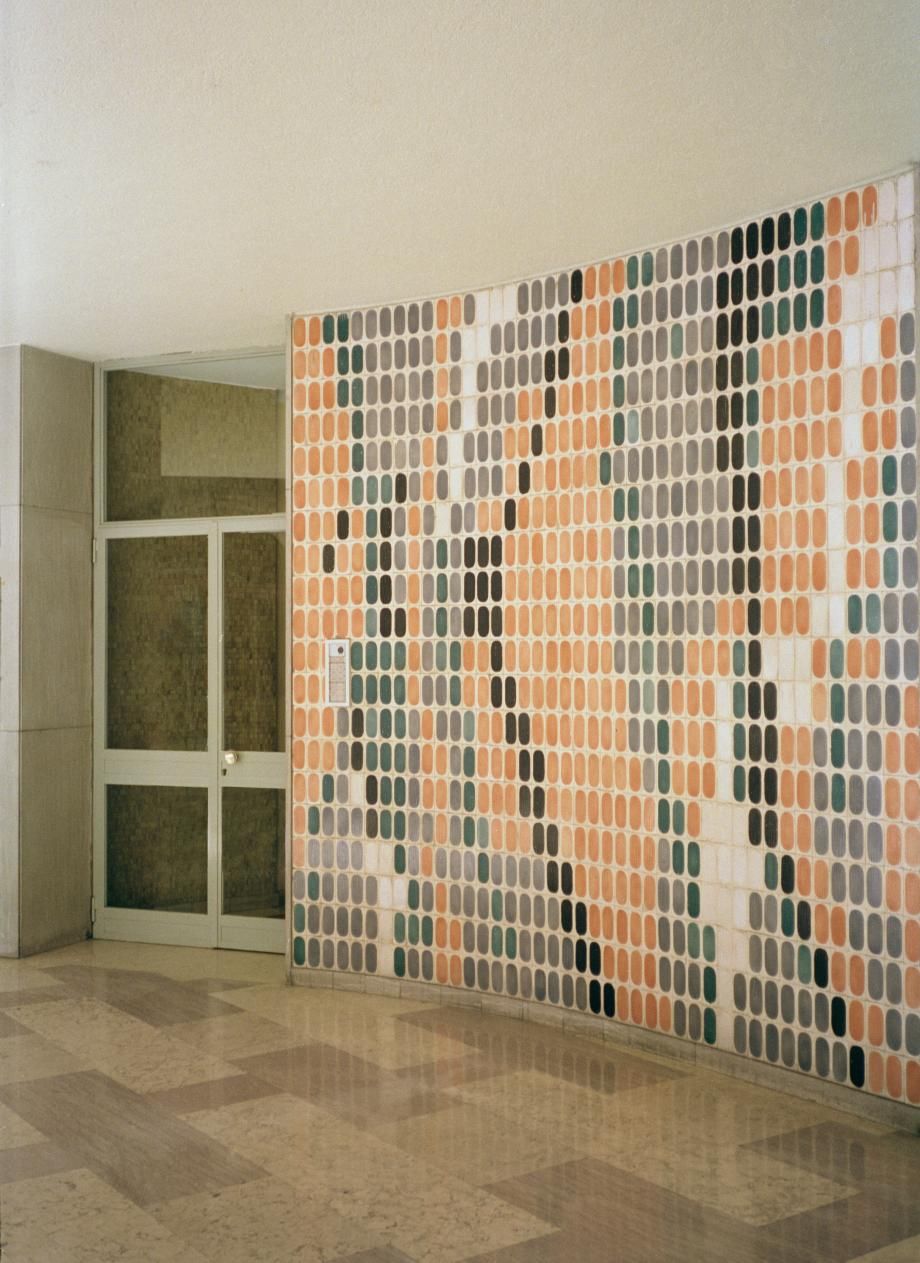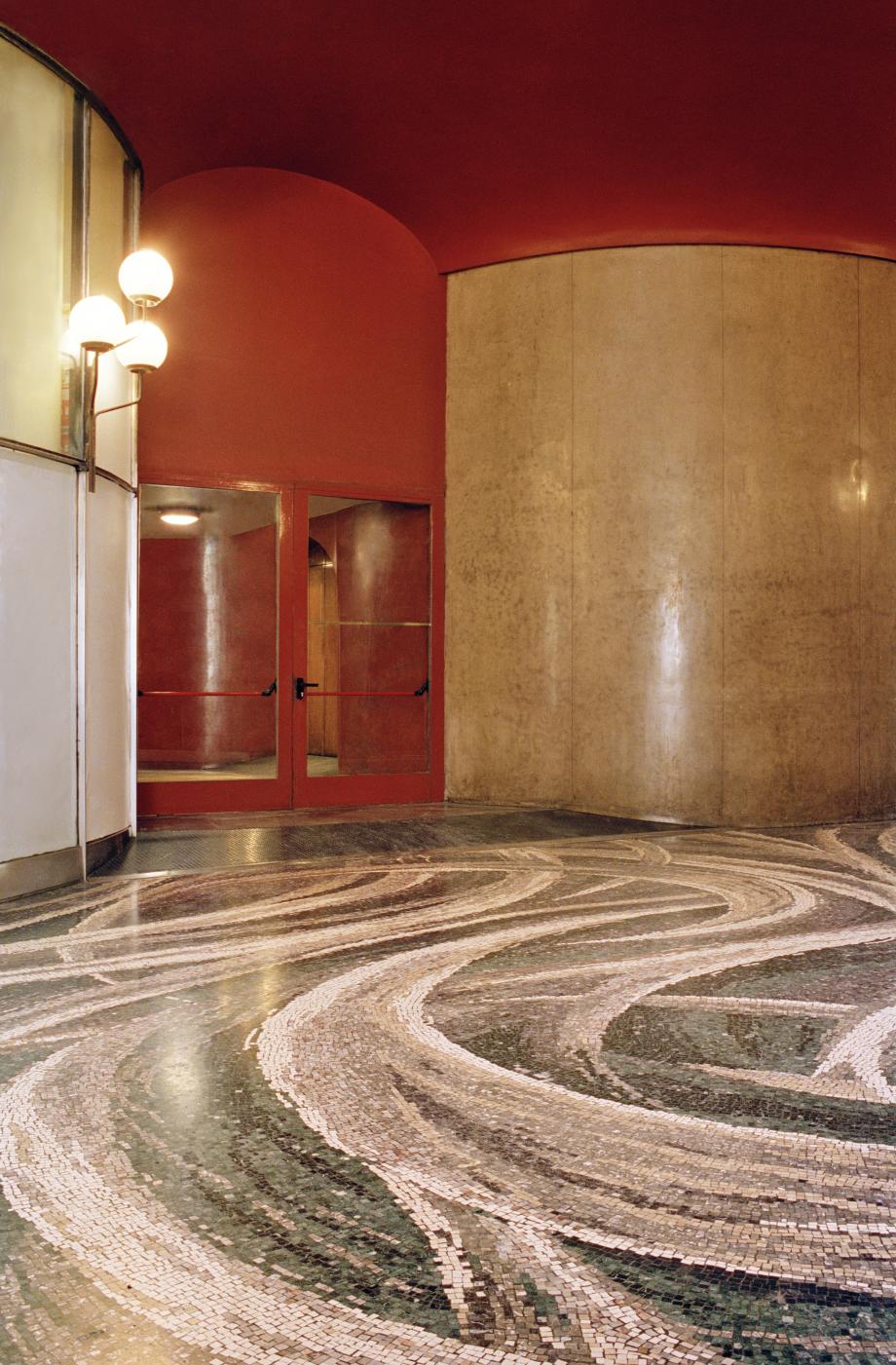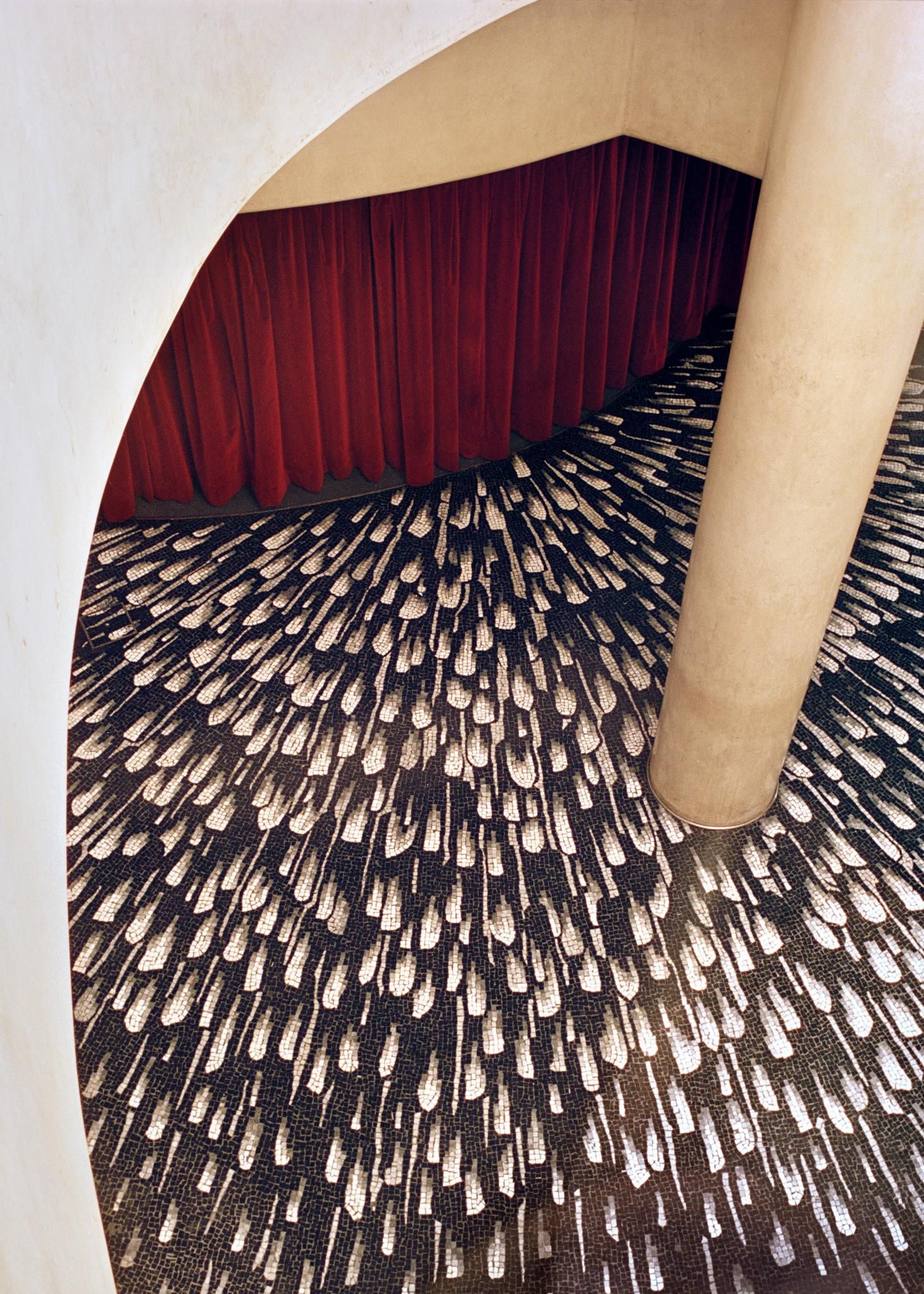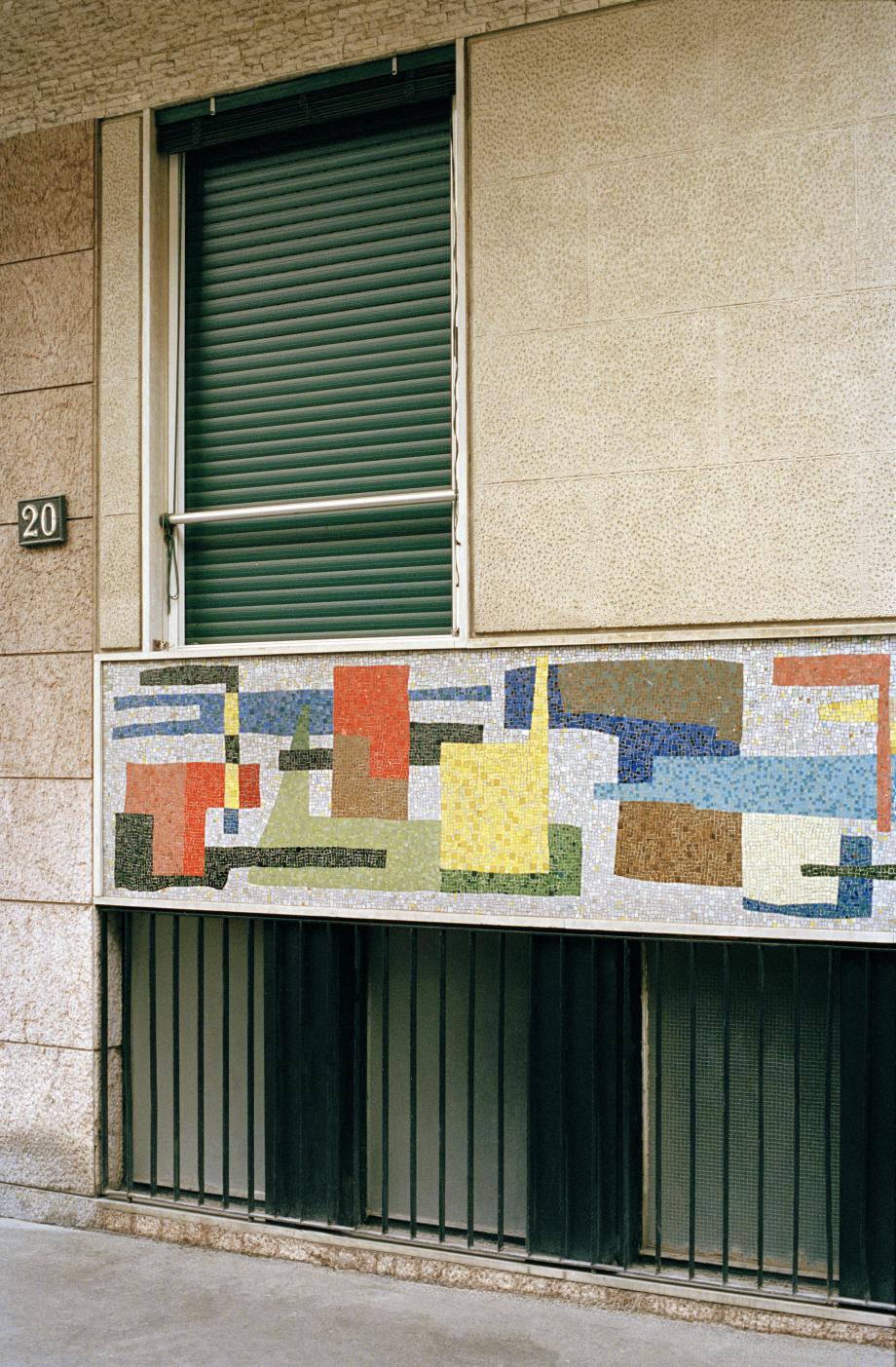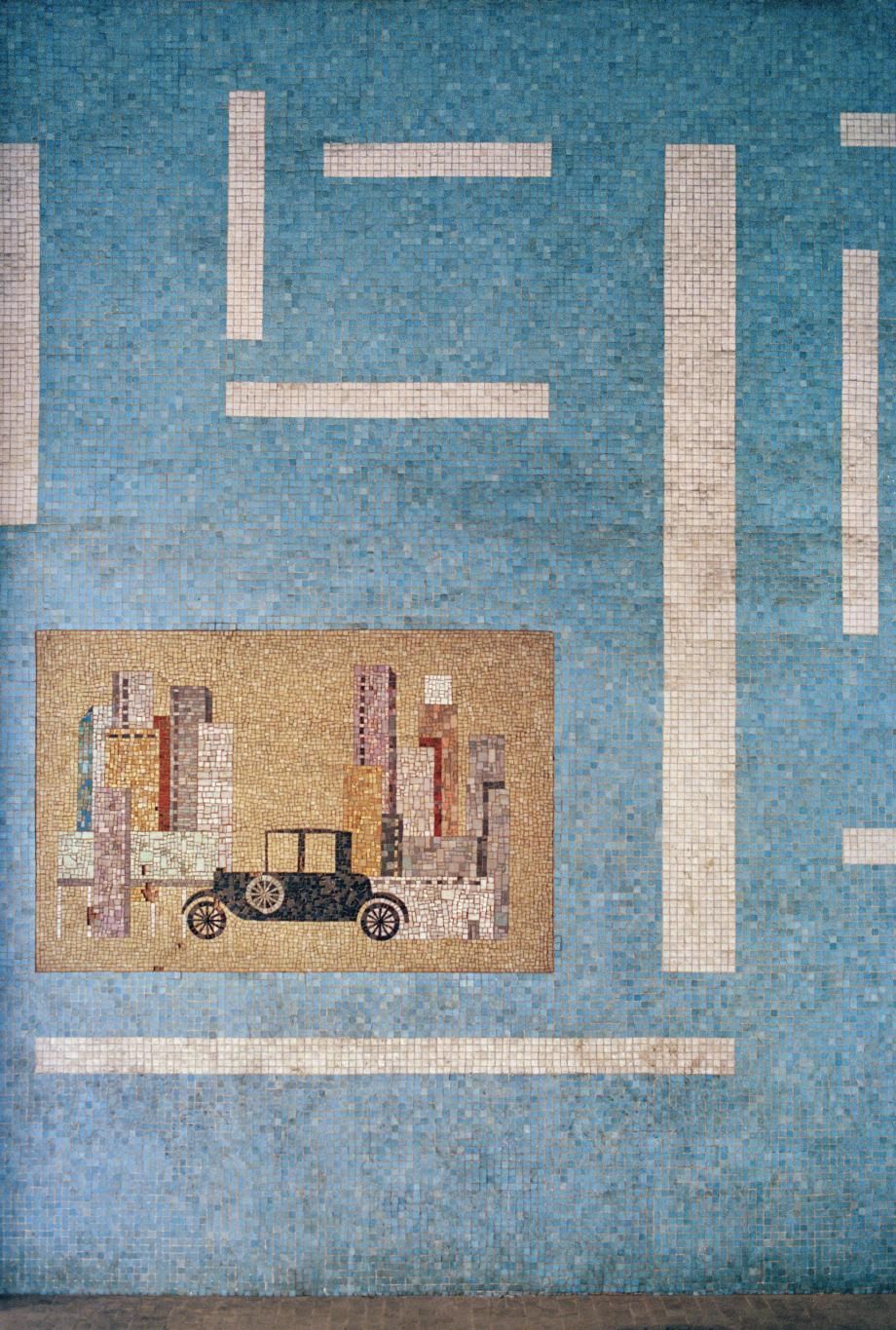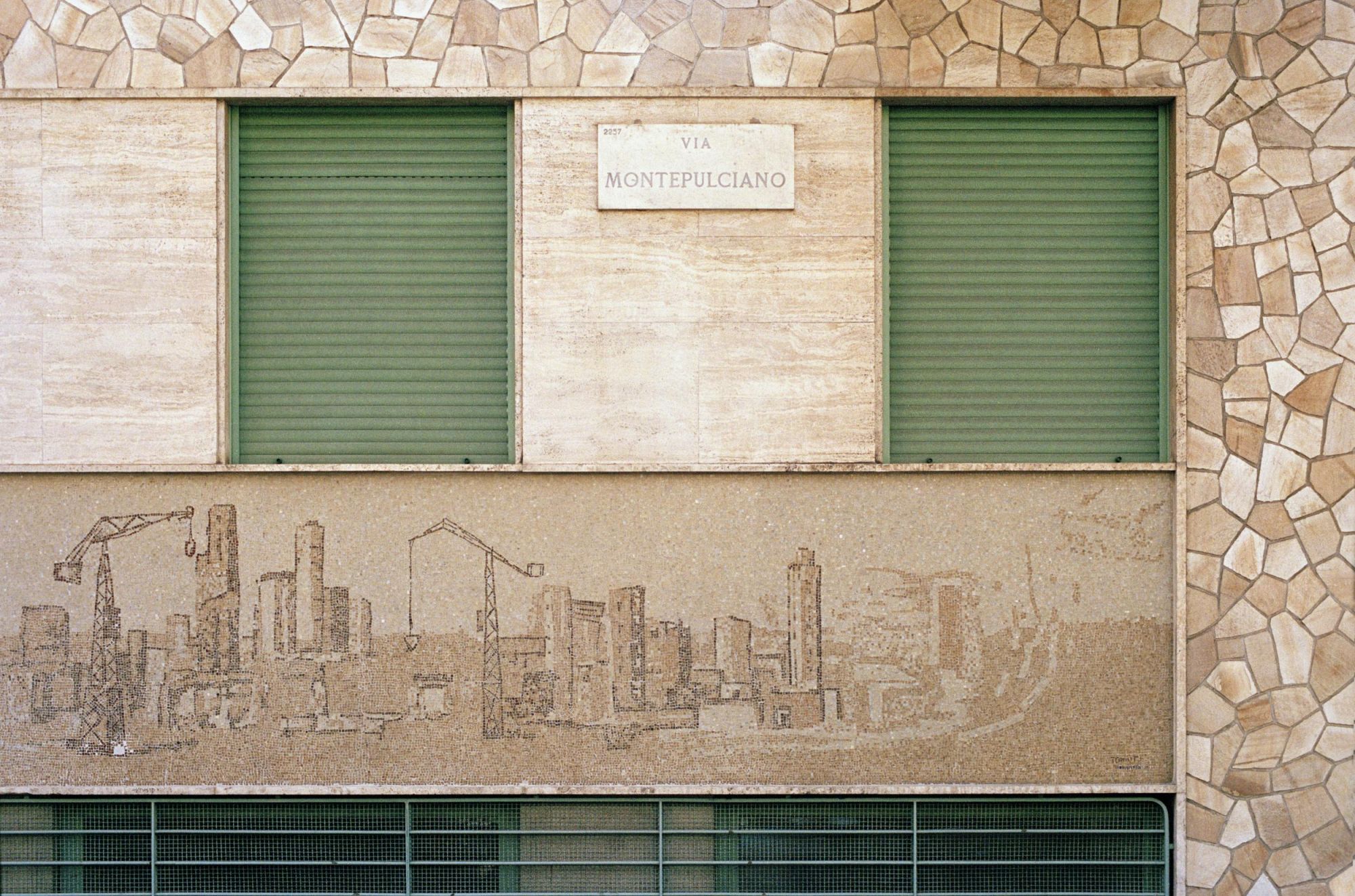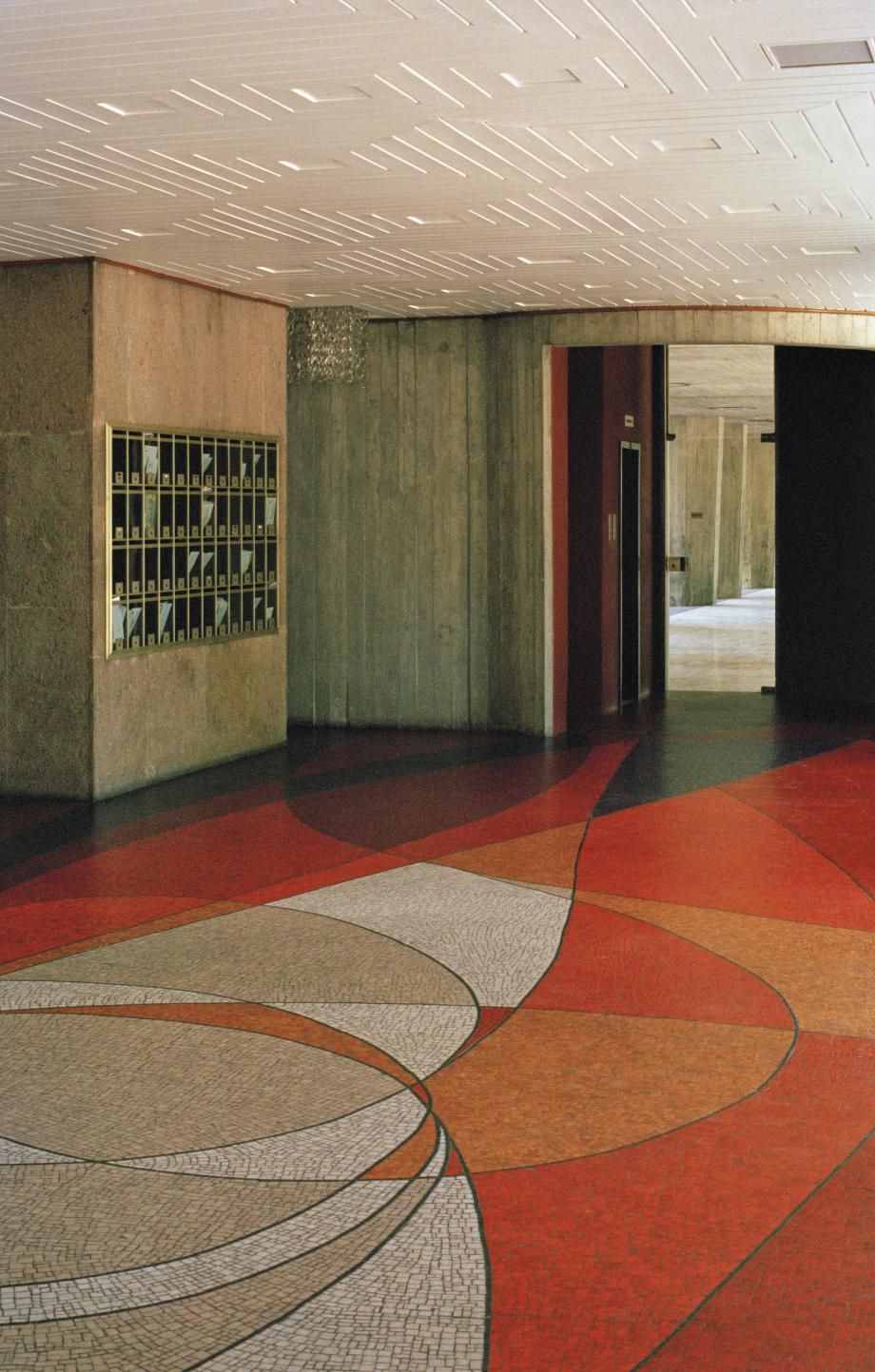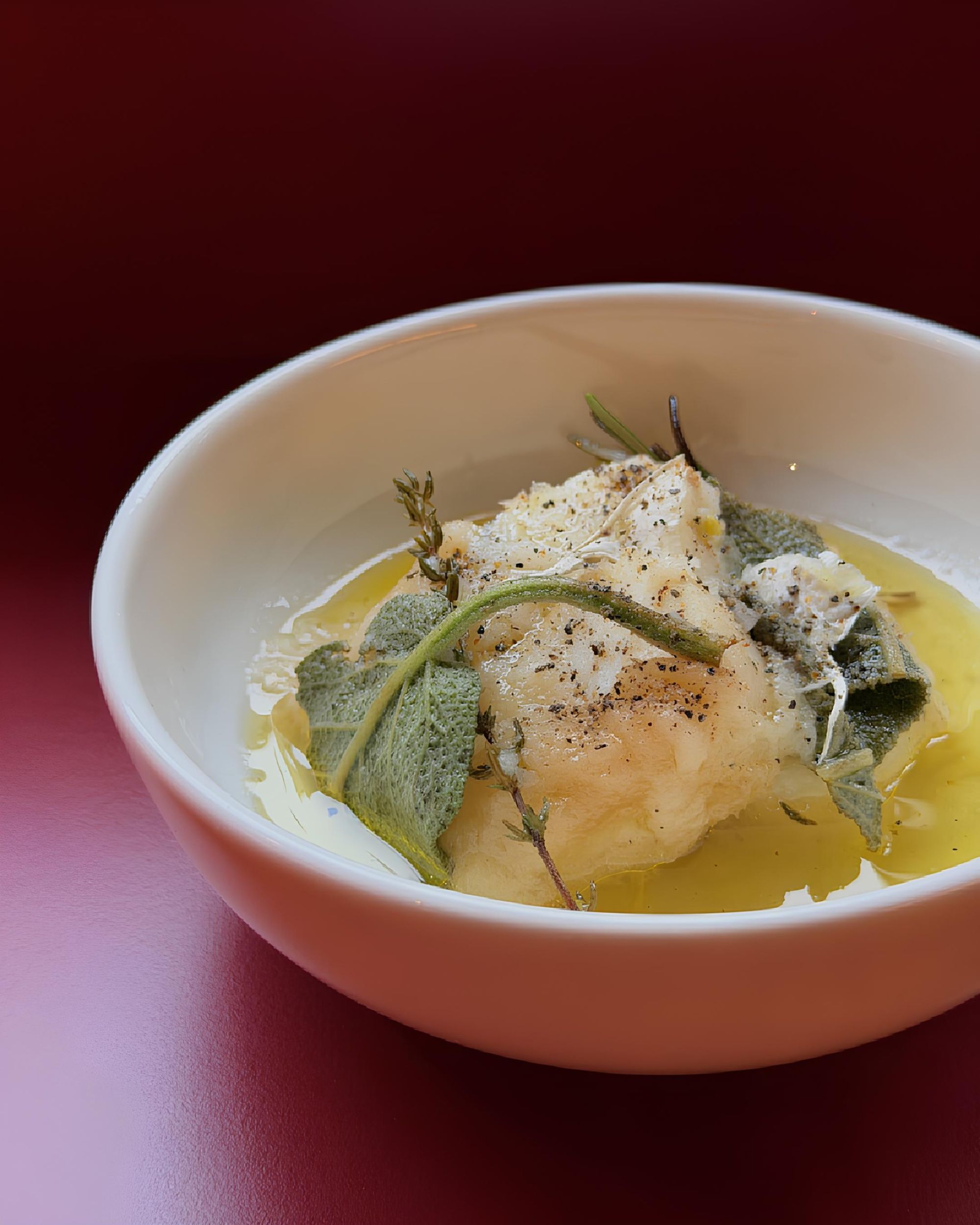
Mosaics are Milan's best kept secret Small masterpieces that decorate hallways and majestic buildings
During his wanderings through the different districts of Milan, immersed in continuously different atmospheres, sometimes in contrast, others in perfect harmony, Stefan Giftthaler was so fascinated by a detail - that very often goes unnoticed - to dedicate to it a photographic project started in March 2020, a few days before the lockdown.
In fact, mosaics are an architectural element that is largely neglected, not sufficiently enhanced, or even not immediately associated with Milanese aesthetics. Without the enormous decorations made up of small coloured tiles, that sometimes form a small picture while others play on chromatic harmonies, they add character and personality to otherwise austere constructions.
In his photographic series, which includes about fifty shots, Gifttahler wanted to portray private homes, commercial and office buildings, scenographic entrances and old galleries in which mosaics are the real protagonists on spectacular floors.
The buildings photographed by Gifttahler are located in different districts of Milan, but almost all of them were built between the 1960s and 1970s. That of mosaics was a trend quite popular at the time, so much so that it was also widely featured by the most celebrated architects of the time, such as Bruno Munari or Piero Bottoni. They would turn to craftsmen and artisans for the realization of these decorations, craftsmen who very often remained anonymous. "These kinds of decorations are all hand made and would have been quite expensive to produce," told the photographer to Wallpaper*. "Nowadays, it is difficult to imagine such an expense when building affordable housing, for example. But I think at the time there was the idea that through beauty and design, society could become a better place." In some ways, the use and final destination of these mosaics reveal the "democratic" soul of Milanese architecture: these decorations were not in fact reserved for the more expensive buildings located in the most prestigious areas of the city, but are instead also present in the humblest buildings, even in the most difficult neighbourhoods, testifying to how beauty and artistic research should not be the prerogative of only the highest social classes.
Although mosaics turn many entrances and buildings into small masterpieces, adding character and personality to quite anonymous buildings, they remain a detail often forgotten within the Milanese architectural imagination. Stefan Gifttahler wanted to restore their importance.










































